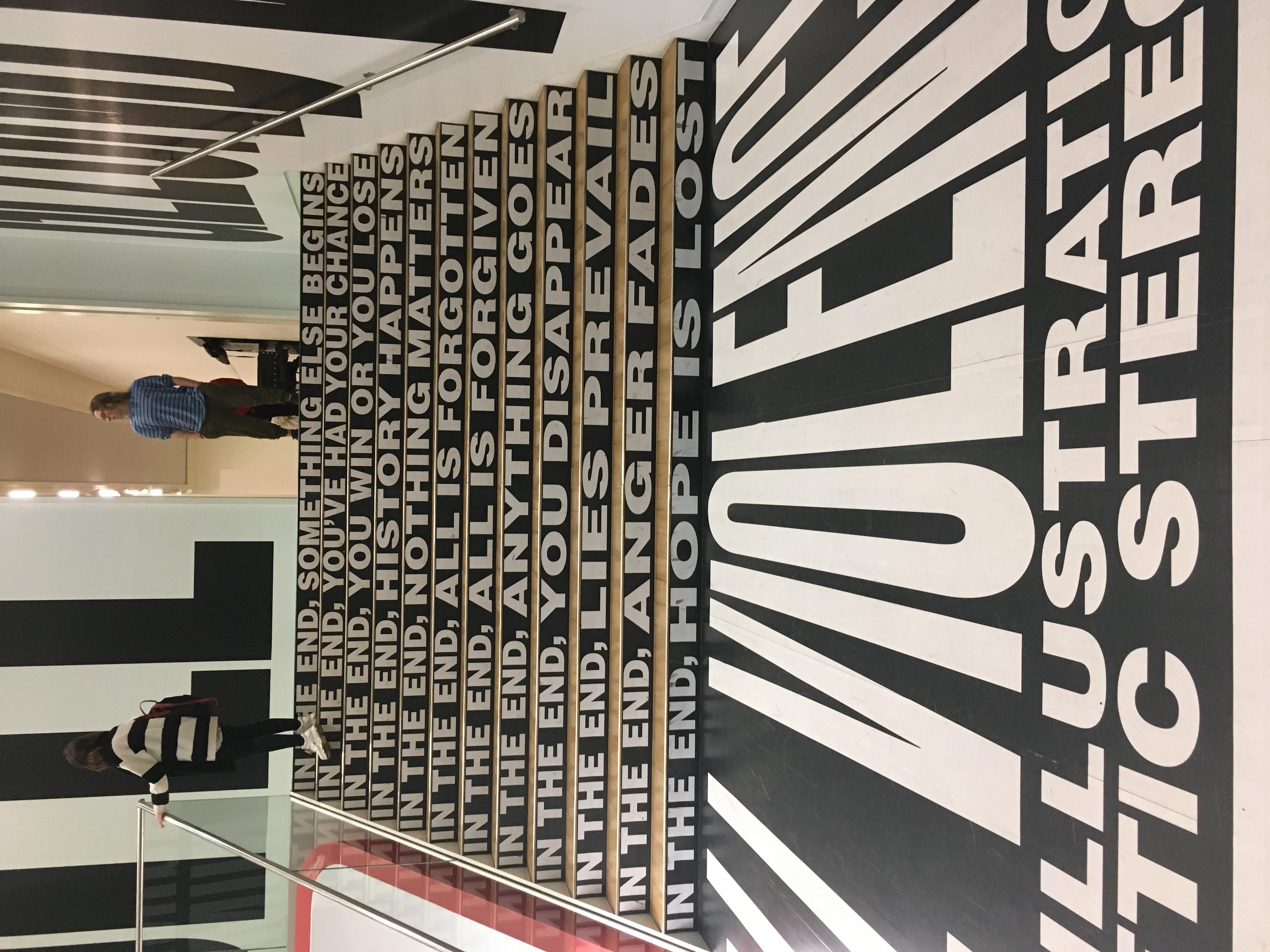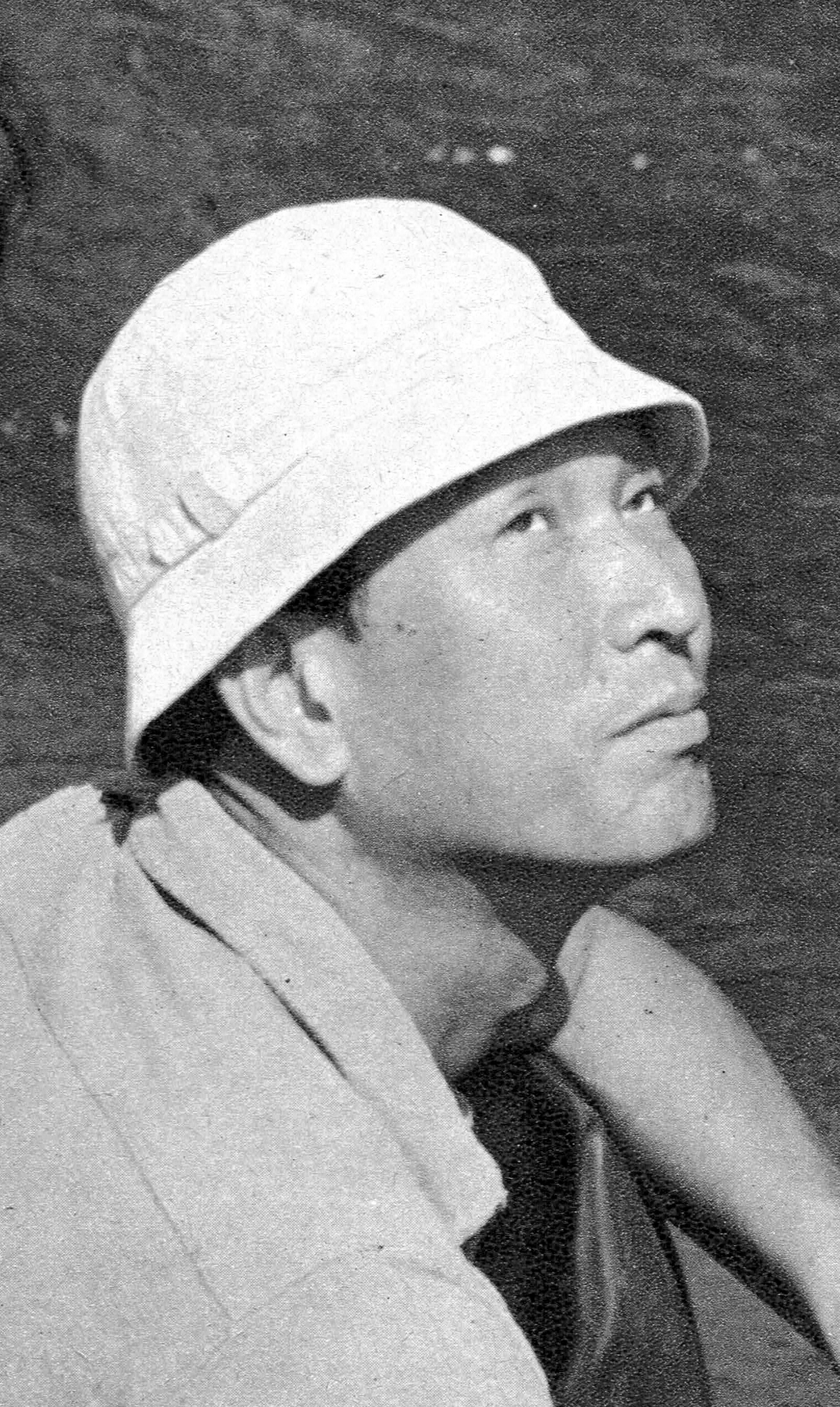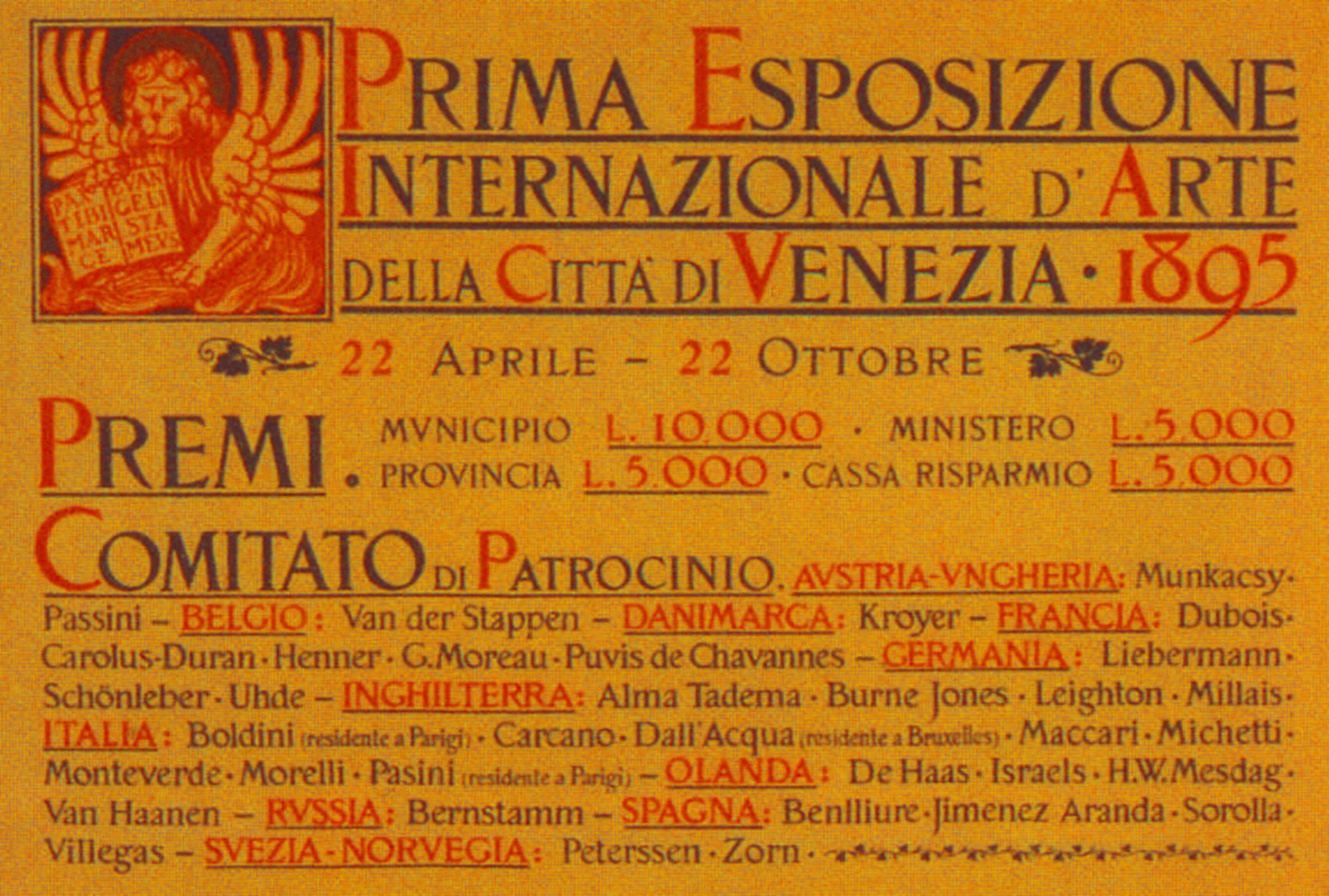|
2005 In Art
The year 2005 in art involved various significant events. Events * June – Zentrum Paul Klee, a museum dedicated to Paul Klee, designed by Renzo Piano, opens in Bern, Switzerland. * September 30 – Controversial drawings of Muhammad are printed in the Danish newspaper ''Jyllands-Posten''. * Museum of Art Fakes opens in Vienna. * Banksy's '' Peckham Rock'' is installed surreptitiously in the British Museum (London) where it goes undetected for at least 3 days. Awards *Archibald Prize – John Olsen, ''Self portrait Janus Faced'' * Beck's Futures – Christina Mackie *Caldecott Medal for children's book illustration – Kevin Henkes, '' Kitten's First Full Moon'' * Rolf Schock Prize in Visual Arts – Kazuyo Sejima and Ryue Nishizawa *Turner Prize – Simon Starling, ''Shedboatshed'' *The Venice Biennial (June 12 – November 6): **Lion d'Or Golden Lion for Lifetime Achievement: Barbara Kruger (USA) **Lion d'Or for Best Pavilion: Annette Messager (France) *Wynne prize – ... [...More Info...] [...Related Items...] OR: [Wikipedia] [Google] [Baidu] |
Christina Mackie
Christina Mackie (born 1956, Oxford, UK) is a British artist who works in the fields of sculpture, video, photography and drawing. Background Mackie was born in Oxford, England, in 1956. She studied at the Vancouver School of Art graduating in 1974 before obtaining her MA in Fine Art from Central Saint Martins College of Art and Design in London in 1978. She now lives and works in London Mackie has undertaken residencies at the CCA Kitakyushu in Japan (2000), the VASL Residency in Karachi, Pakistan (2006), the Oxford-Melbourne Fellowship, UK (2010) and the XXIV CSAV–Artists Research Laboratory, Fondazione Antonio Ratti in Italy (2018). Exhibitions Mackie's work has been exhibited at Tate Britain, Tate Liverpool, Chisenhale Gallery, London, the Institute of Contemporary Arts, London, the Henry Moore Institute, Leeds, the BALTIC Centre for Contemporary Art, the KW Institute for Contemporary Art, Berlin and the Paris Museum of Modern Art. Her works are kept in the public coll ... [...More Info...] [...Related Items...] OR: [Wikipedia] [Google] [Baidu] |
Wynne Prize
The Wynne Prize is an Australian landscape painting or figure sculpture art prize. As one of Australia's longest-running art prizes, it was established in 1897 from the bequest of Richard Wynne. Now held concurrently with the Sir John Sulman Prize and the Archibald Prize at the Art Gallery of New South Wales in Sydney. It is awarded annually for "the best landscape painting of Australian scenery in oils or watercolours or for the best example of figure sculpture by Australian artists completed during the 12 months preceding the [closing] date". Many of Australia's most famous artists have won the prize, including William Dobell, Brett Whiteley, Hans Heysen, Gloria Petyarre, Lloyd Rees, Fred Williams (artist), Fred Williams, William Robinson (artist), William Robinson, Eric Smith (artist), Eric Smith, Nyapanyapa Yunupingu, and Sali Herman. In 2010, the prize awarded was A$25,000, but the painting by Sam Leach (artist), Sam Leach which was awarded the prize, was later revealed to b ... [...More Info...] [...Related Items...] OR: [Wikipedia] [Google] [Baidu] |
Annette Messager
Annette Messager (born 30 November 1943) is a French visual artist. She is known for championing the techniques and materials of outsider art. In 2005, she won the Golden Lion Award at the Venice Biennale for her artwork at the French pavilion, French Pavilion. In 2016, she won the prestigious Praemium Imperiale International Arts Award. She lives and works in Malakoff, Hauts-de-Seine, Malakoff, près de Paris France."Annette Messager" , Solomon R. Guggenheim Foundation, Retrieved 24 December 2014. Biography Annette Messager was born on 30 November 1943 in Berck-sur-Mer, France. Her father was a photographer and amateur painter. Between 1962 and 1966, Messager attended the École des Arts Décoratifs in Paris, France.[...More Info...] [...Related Items...] OR: [Wikipedia] [Google] [Baidu] |
Barbara Kruger
Barbara Kruger (born January 26, 1945) is an American conceptual artist and collagist associated with the Pictures Generation. She is most known for her visual word art that consists of black-and-white photographs, overlaid with declarative captions, stated in white-on-red Futura Bold Oblique or Helvetica Ultra Condensed text. The phrases in her works often include pronouns such as "you", "your", "I", "we", and "they", addressing cultural constructions of power, identity, consumerism, and sexuality. Kruger's artistic mediums include photography, sculpture, graphic design, architecture, as well as video and audio installations. Kruger lives and works in New York and Los Angeles."Barbara Kruger" PBS. Retrieved April 14, 2014. She is an Emerita Distinguished Professor of New Genres at the ... [...More Info...] [...Related Items...] OR: [Wikipedia] [Google] [Baidu] |
Golden Lion
The Golden Lion () is the highest prize given to a film at the Venice Film Festival. The prize was introduced in 1949 by the organizing committee and is regarded as one of the film industry's most prestigious and distinguished prizes. In 1970, a second Golden Lion award was introduced, an honorary prize for people who have made an important contribution to cinema. The prize was introduced in 1949 as the Golden Lion of Saint Mark (which was one of the best known symbols of the ancient Republic of Venice). In 1954, the prize was permanently named the Golden Lion. History The first Golden Lion was awarded in 1949. Previously, the equivalent prize was the Gran Premio Internazionale di Venezia (Grand International Prize of Venice), awarded in 1947 and 1948. No Golden Lions were awarded between 1969 and 1979. According to the Biennale's official website, the hiatus was a result of the 1968 Lion being given to the radically experimental '' Die Artisten in der Zirkuskuppel: Ratlos' ... [...More Info...] [...Related Items...] OR: [Wikipedia] [Google] [Baidu] |
Venice Biennial
The Venice Biennale ( ; ) is an international cultural exhibition hosted annually in Venice, Italy. There are two main components of the festival, known as the Art Biennale () and the Venice Biennale of Architecture, Architecture Biennale (), which are held in alternating years (hence the name). There are also four additional components, each usually held on an annual basis, comprising , , Venice Film Festival, and Venice Dance Biennale. Between them they cover contemporary art, architecture, music, theatre, film, and contemporary dance. The main exhibition is held in Castello, Venice, Castello and has around 30 permanent pavilions built by different countries. The Biennale has been organised every year since 1895, which makes it the oldest of its kind. Since 2021, the Art Biennale has taken place in even years and the Architecture Biennale in odd years. History 1895–1947 On 19 April 1893, the Venetian City Council passed a resolution to set up an biennial exhibition of I ... [...More Info...] [...Related Items...] OR: [Wikipedia] [Google] [Baidu] |
Simon Starling
Simon Starling (born 1967) is an English Neo-conceptual art, conceptual artist and won the Turner Prize in 2005. Early life Simon Starling was born in 1967 in Epsom, Surrey. He studied photography and art at Maidstone College of Art from 1986 to 1987, then at Nottingham Trent University, Trent Polytechnic Nottingham from 1987 to 1990 and then attended Glasgow School of Art from 1990 to 1992. From 1993 to 1996, he was a committee member of Transmission Gallery, Glasgow. Work Starling was the first recipient of the Blinky Palermo Grant in 1999. In 2005, he won the Turner Prize with the work, Shedboatshed' that involved taking a wooden shed, turning it into a boat, sailing it down the Rhine and turning it back into a shed. Starling was short-listed for the Guggenheim's Hugo Boss Prize for contemporary art in 2004. Exhibitions His work is in the permanent collection of distinguished museums, such as the Tate Modern, London; Moderna Museet, Stockholm; Solomon R. Guggenheim Museum, ... [...More Info...] [...Related Items...] OR: [Wikipedia] [Google] [Baidu] |
Turner Prize
The Turner Prize, named after the English painter J. M. W. Turner, is an annual prize presented to a British visual artist. Between 1991 and 2016, only artists under the age of 50 were eligible (this restriction was removed for the 2017 award). The prize is awarded at Tate Britain every other year, with various venues outside of London being used in alternate years. Since its beginnings in 1984 it has become the UK's most publicised art award. The award represents all media. As of 2004, the monetary award was established at £40,000. There have been different sponsors, including Channel 4 television and Gordon's Gin. A prominent event in British culture, the prize has been awarded by various distinguished celebrities: in 2006 this was Yoko Ono, and in 2012 it was presented by Jude Law. It is a controversial event, mainly for the exhibits, such as ''The Physical Impossibility of Death in the Mind of Someone Living'' – a shark in formaldehyde by Damien Hirst – and ''My Bed'', ... [...More Info...] [...Related Items...] OR: [Wikipedia] [Google] [Baidu] |
Ryue Nishizawa
is a Japanese architect based in Tokyo. A graduate of Yokohama National University, he established his own firm, Office of Ryue Nishizawa, in 1997. In 1995, he co-founded the firm SANAA (Sejima and Nishizawa and Associates) with architect Kazuyo Sejima. In 2010, he became the youngest recipient ever of the Pritzker Prize, together with Sejima.Pritzker Prize 2010 Media Kit retrieved 29 March 2010 Projects * Weekend House - 1997 to 1998 - Gunma, Japan * Takeo Head Office Store - 1999 to 2000 - Tokyo, Japan * House at Kamakura - 1999 to 2001 - , Japan * Apartment Building at Ichikawa - ...[...More Info...] [...Related Items...] OR: [Wikipedia] [Google] [Baidu] |
Kazuyo Sejima
is a Japanese architect and director of her own firm, Kazuyo Sejima & Associates. In 1995, she co-founded the firm SANAA (Sejima + Nishizawa & Associates). In 2010, Sejima was the second woman to receive the Pritzker Prize, which was awarded jointly with Nishizawa. They were only the second partnership to be honored with this prize. Early life and education Sejima was born on 29 October 1956 in Mito, Ibaraki, Japan. Her mother, although not employed, was highly educated; her father was a welding engineer. Sejima graduated from Japan Women's University in 1979. She then went on to complete the Master's Degree course in architecture in 1981. In the same year, she began working with the architecture firm Toyo Ito and Associates until 1987. Career After apprenticing with Toyo Ito, Sejima established Kazuyo Sejima & Associates in 1987. One of her first hires was Ryue Nishizawa, a student who had worked with Sejima at Toyo Ito and Associates. After working for Sejima for seve ... [...More Info...] [...Related Items...] OR: [Wikipedia] [Google] [Baidu] |
Rolf Schock Prizes
The Rolf Schock Prizes were established and endowed by bequest of philosopher and artist Rolf Schock (1933–1986). The prizes were first awarded in Stockholm, Sweden, in 1993 and, since 2005, are awarded every three years. It is sometimes considered the equivalent of the Nobel Prize in Philosophy. Each recipient receives Swedish krona, SEK 600,000 (approximately US$55,000). The Prizes are awarded in four categories and decided by committees of three of the Swedish Royal Academies: *Logic and Philosophy (decided by the Royal Swedish Academy of Sciences) *Mathematics (decided by the Royal Swedish Academy of Sciences) *Visual art, Visual Arts (decided by the Royal Swedish Academy of Fine Arts) *Music, Musical Arts (decided by the Royal Swedish Academy of Music) Laureates in Logic and Philosophy Laureates in Mathematics Laureates in Visual Arts Laureates in Musical Arts See also *Fields Medal *Kyoto Prize in Arts and Philosophy *Astrid Lindgren Memorial Award *Nevanlinna Pri ... [...More Info...] [...Related Items...] OR: [Wikipedia] [Google] [Baidu] |






